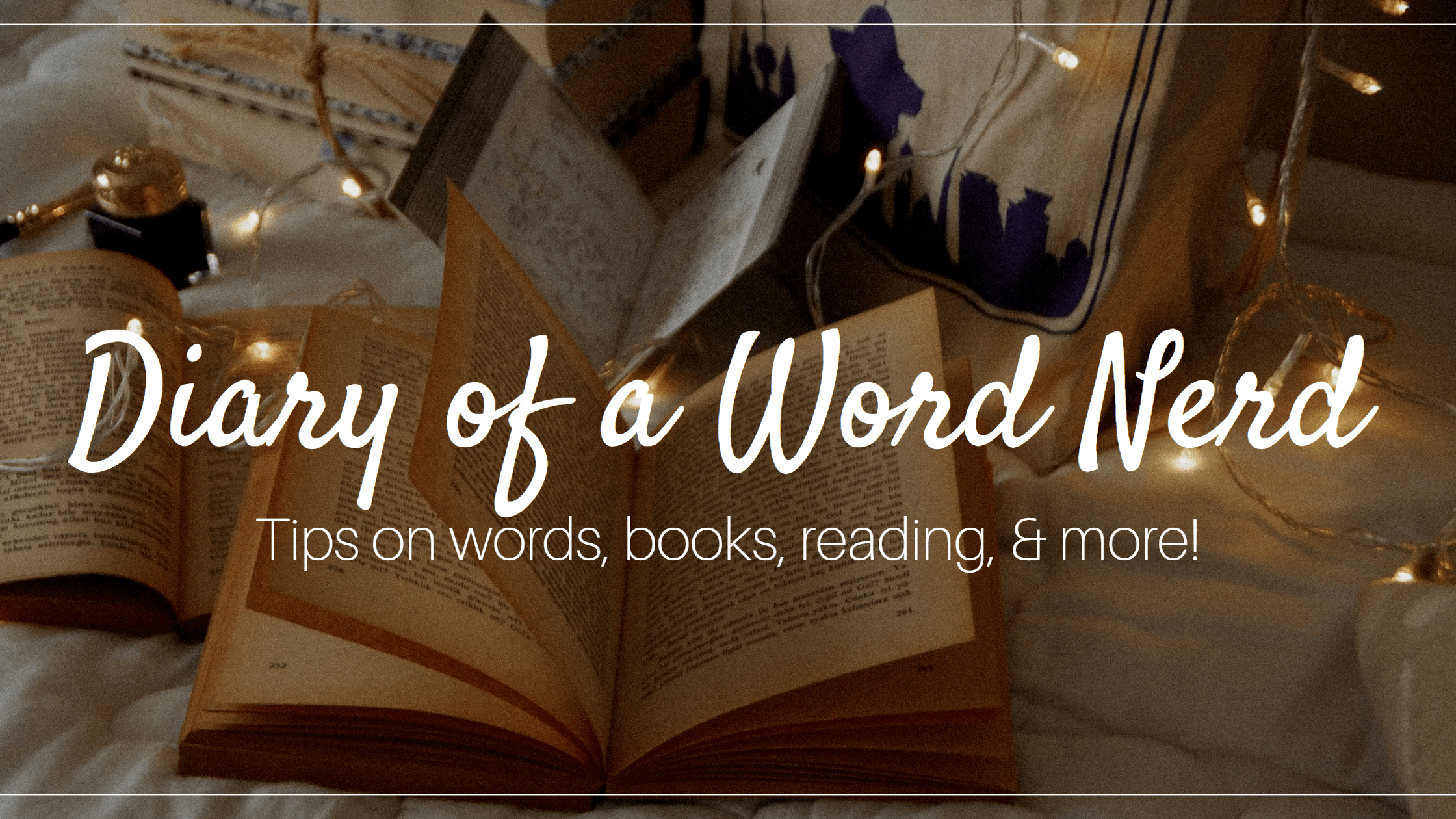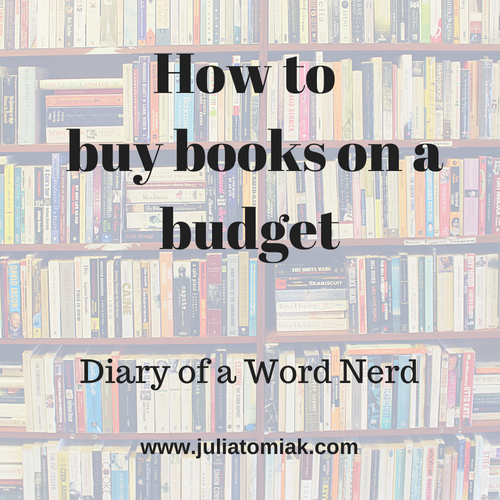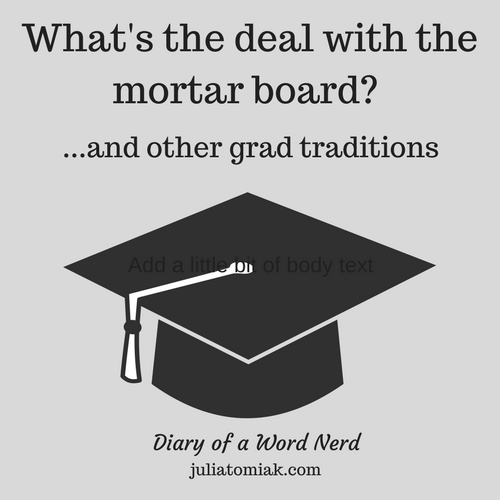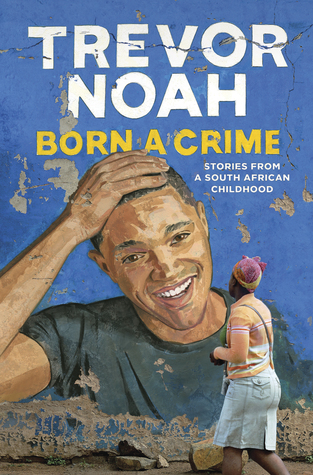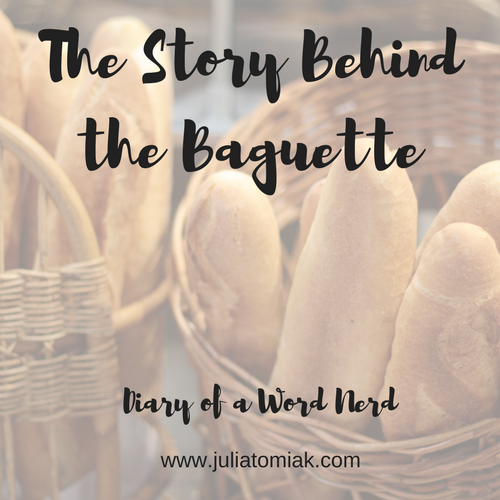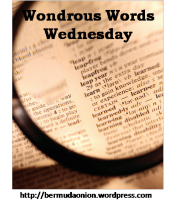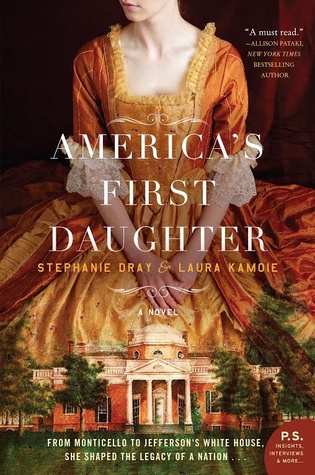Please welcome my guest, Carol Cooney. She’s got some great advice on finding affordable books!
Hello to Followers of the Word Nerd!
Julia was kind and asked me to let you know some of the ways I save on buying books. I have a blog at www.cecooney.com where I review books.
Because I read a lot, I am always looking for ways to buy books at a reduced rate. I have gotten much better about going to the library. (My husband thanks me…) But sometimes when I come across a deal on a book, I take advantage of it.
I am not talking about the regular discounts on books that you can get from buying from Amazon or Barnes and Noble. Usually the books I find are $5 or less.
There is one important thing to note about most of my discount book ideas. Most of the deals that I find are for eBooks. Also, if you are searching for a particular book, you may not be satisfied with the discount book sites. If you are a true bargain shopper and are patient, you will eventually find the book that you desire. I use these sites more to see what is available than look for a certain book.
There are several sources for discount books. There are stores and on-line locations. First, let’s look at the stores.
In-Person Shopping
Public Library Book Sales – Most public libraries will accept donations and then hold sales to make money. I know that my local library has books for sale in the lobby all the time and they also will hold larger sale days.
Second Hand Book Stores – It seems to me that there are more used book stores than there used to be. One of the big chain stores for this is Half Price Books. Most of these stores will also let you sell your old books. Don’t expect to get much money for your books.
Garage/Thrift Sales – Always lots of books to be found. Goodwill stores or other charity gift stores always have a selection of books. The Goodwill store that I have been to sells hardbacks for $1.99.
On-Line Book Stores
Amazon – Amazon has expanded its discount book sections over the years. There are two sections- one for physical books and one for eBooks.
If you go to the site and look under the “Books” department, there is section under “Popular in Books” for Bargain books.
If you are interested in eBooks, in the Kindle eBook department, under the “Popular in Kindle” heading, there is ‘Kindle Book Deals”. When you are on the Kindle Book Deals” page, there is a list of the different kinds of deals. Under that listing, you can sign up to receive daily email notices of eBooks that are on sale.
Note: You can read Kindle books using a free Kindle reading app on any device.
Note: If you own a Kindle and are an Amazon Prime member, you will get an email at the beginning of every month. The email will have a list of 4 or 5 books and you can pick one book from the list and receive that book free. I know it sounds crazy but I bought one of the lower tech Kindles because I could then get the free books. Over time, you save money.
Barnes and Noble – They also have a discount section on their site. For physical books, if you look at the list of choices across the top of the site, you will see “Sale” in red. Click on that, and it will take you to their selection of sale items. Books have a section under the sale items. (The stores also have a discount section.)
If you are interested in Barnes and Nobel eBooks (for the Nook), if you go to the Nook Books section, they have a Special Values section on the site.
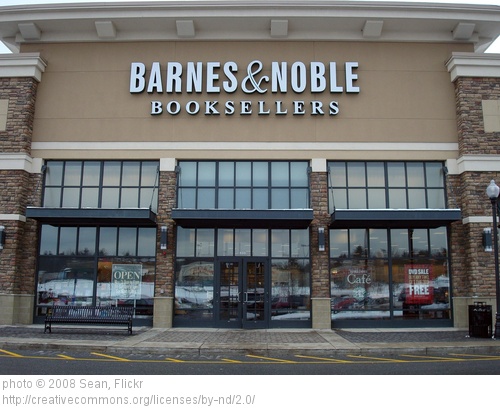
Booksamillion – This is an online and a “brick and mortar” bookseller. There are locations throughout the US. They have an online discount section and a discount section in the stores.
Alibris – This site sells used books. The advantage is that you can look for a particular book on this site. So, when I am not having much luck finding my book club selection for the month, I can go there and usually find it. This site is an aggregator. You are not buying from Albris, you are buying from some location that has the book for sale. When you put in the title you are looking for, you are given a list of the sellers that have the book for sale, the price, the condition of the book, and the seller’s rating. You will pay $3.99 to ship each book you buy. If you sign up to be on their email list, you will frequently get discount coupons. (I have never bought enough books from them to be able to use a coupon.)
Email Notices
There are a number of email subscriptions that you can sign up for and receive daily emails of sale books. These specials are usually one day specials so you need to pick them up when you see them. I think sometimes they may last longer than a day but not always.
Also, depending on the book, it may be available from several eBook sellers. You may be able to find it on Kindle, Nook, or Kobo depending upon the book.
Rebecca@Riffle – If you join Riffle, you will receive a daily email with eBook specials. Riffle is a site like GoodReads that lets you keep track of books you have read. There are also articles about books. I get the emails but do not regularly go to the site. (Okay, it looks like I never go there – according to the site, I have read 2 books.)
BookBub – This site sends out a daily email with different book specials. They only list eBook specials.
eBook Soda – Sign up at this site and you will receive an email with book specials (“tailored to your taste”) daily. I think I must have fallen off this list as I have not seen an email from them in ages.
The Fussy Librarian – I just heard about this site and I signed up. This site also emails you reduced price books based on your interest and content preferences. I have yet to buy a book that they suggest but you never know. They also have a daily email with free books. You can sign up for both on the site.
NOTE: With these daily emails, you will see LOTS of books that you are not interested in buying. BUT then sometimes you will find the jewel in with the colored stones. Be prepared to wade through many emails before you see a book you might like to buy.
Book Recommendation Sites
There are a couple of sites that will send you recommendations based on your preferences.
Off The Shelf – This site was created by readers to give recommendations to each other. You can join and get weekly or daily book suggestions.
New in Books – This site sends out an email every Tuesday to alert you to new books coming out that day in genres that interest you. There are also articles with book recommendations.
Have fun bargain hunting!
Thanks to Julia for letting me invade her site and share these resources with you.
Carol
